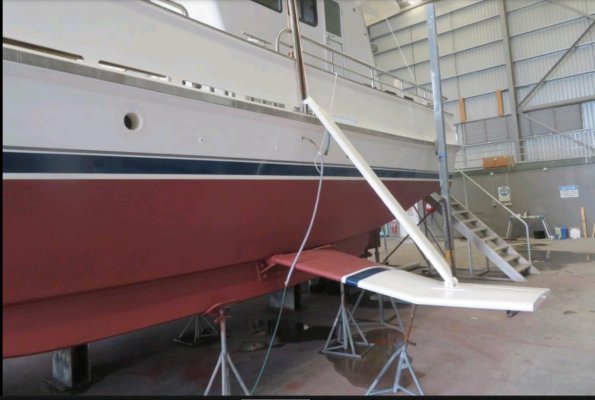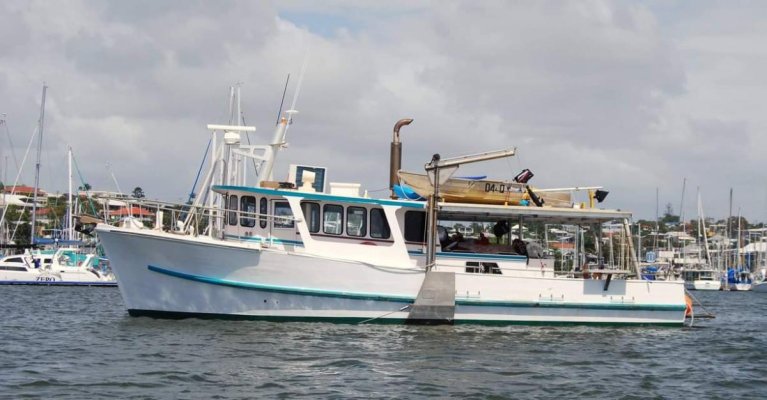Tad Roberts
Guru
Nordhavn suggest that the additional weight of a tender up high slows the roll.
A mate with a 20 ft tender with a 115hp on his 65 after says its stiffer.
A sailing yacht , sails down, that loses a mast rolls faster/more than one with a mast.
Think metronome, move weight low it beats fast, move weight high it slows down.
It is a balance, go to high and it falls over and stays there.
Even very experienced people have a hard time separating stability and motion. One keeps you safe, the other keeps you comfortable.
Nordhavn is advocating reducing stability by raising the center of gravity of the entire vessel. Making the boat less safe, by a small amount, but more comfortable to be aboard.
The sailboat that looses it's mast has become safer (much harder to capsize) but much less comfortable to be aboard.











